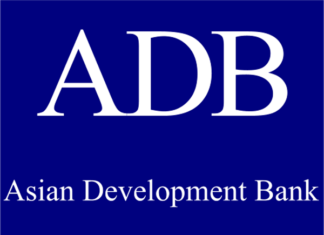The government has identified several risks to the upcoming fiscal year’s budget and medium-term outlook, including slower-than-expected GDP growth, inflationary pressures, exchange rate volatility, low revenue collection, high debt servicing costs, challenges posed by state-owned enterprises (SOEs), and potential natural disasters, as outlined in a written statement presented to parliament by Finance Minister Muhammad Aurangzeb and Finance Secretary Imdadullah Bosal, who categorized these risks into seven main categories.
These risks include macroeconomic, revenue, debt, SOEs, climate change, natural disasters, and other contingent liabilities.
The finance minister and secretary finance also suggested mitigation measures should any of these risks materialize during the 2025-26 fiscal year.
Macroeconomic risks, including slower economic growth and inflation shocks, were highlighted as primary concerns. The statement noted that a 1% slowdown in GDP growth could reduce government revenue and increase expenditures on social safety programs. The combined effect of these factors could widen the fiscal deficit by approximately 0.13% of GDP. The Federal Board of Revenue (FBR) has set a revenue target of Rs14.13 trillion for the next fiscal year, a significant challenge given the Rs1.16 trillion shortfall in the current year.
On revenue risks, the statement emphasized that slower-than-expected tax growth, combined with weaker economic performance, could increase the fiscal deficit by 0.4% of GDP.
Other potential setbacks include a 30% decline in profits from the State Bank of Pakistan (SBP) and a 20% shortfall in petroleum levy collections, both of which would further strain public finances.
Debt servicing was also flagged as a key vulnerability. The government warned that a two-percentage point increase in domestic interest rates and a one percentage point rise in external rates could add 0.42% to the fiscal deficit due to higher interest payments.
State-owned enterprises were identified as another source of fiscal risk. Potential shortfalls in SOE dividend payments or increased government support could add significantly to the deficit, with an estimated 0.4% of GDP impact if financial support rises to 1.5% of GDP.
In addition, climate-related risks and natural disasters were noted as major concerns. Without proper disaster risk financing mechanisms, the fiscal impact of a major disaster could increase the deficit by as much as 1.03% of GDP. However, with effective risk financing tools, this impact could be reduced to 0.44% of GDP.
The statement underlined the government’s reliance on volatile revenue streams and the need to improve tax administration and compliance.























